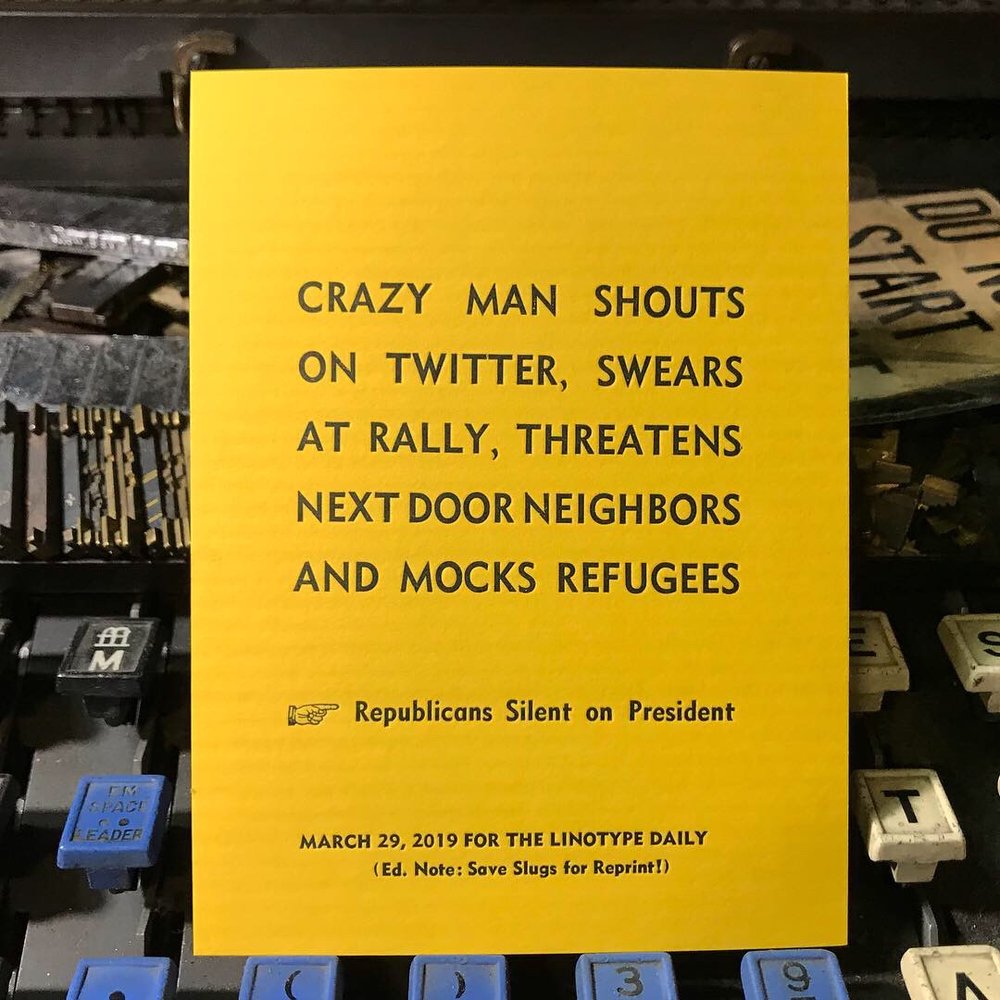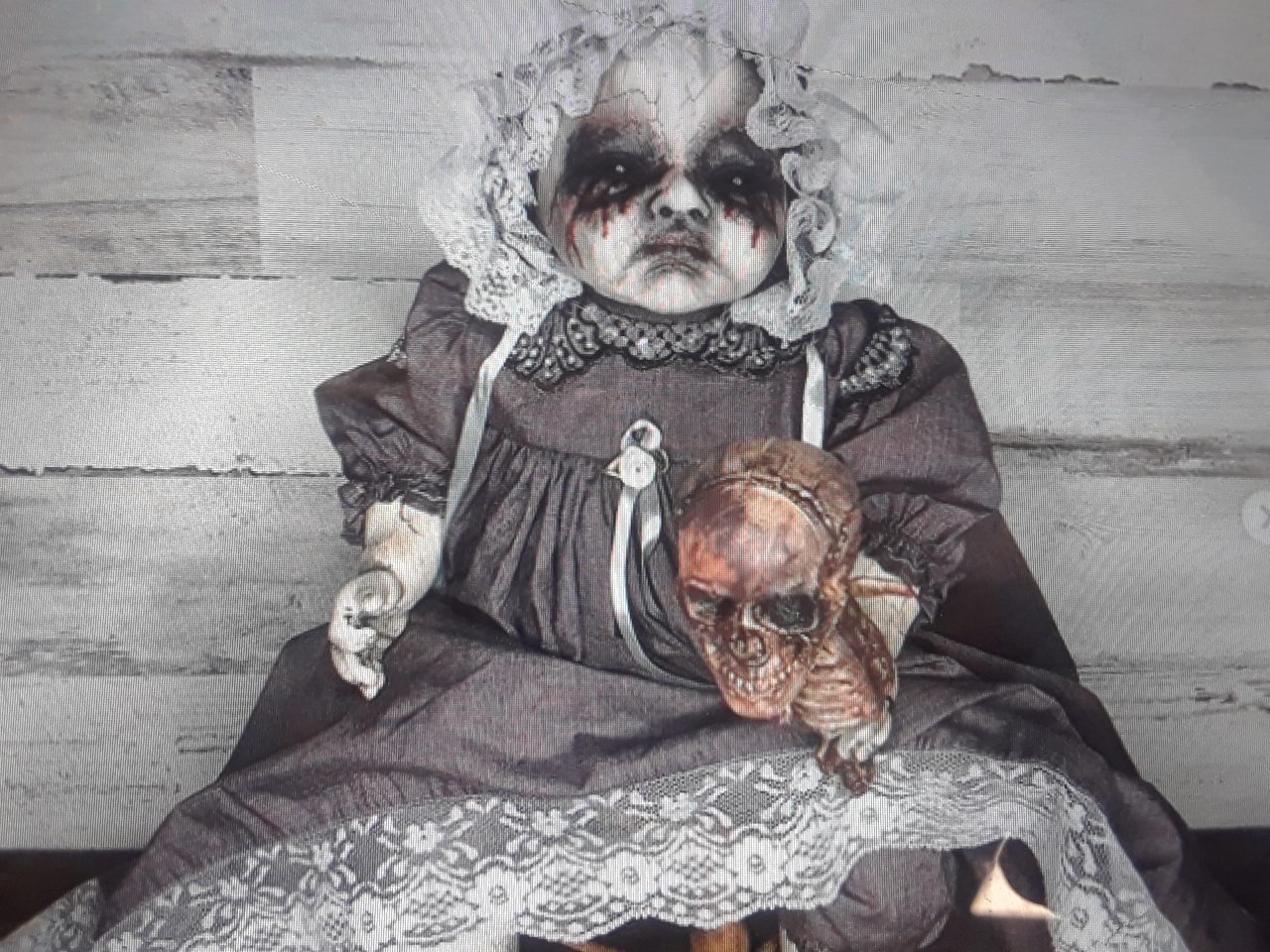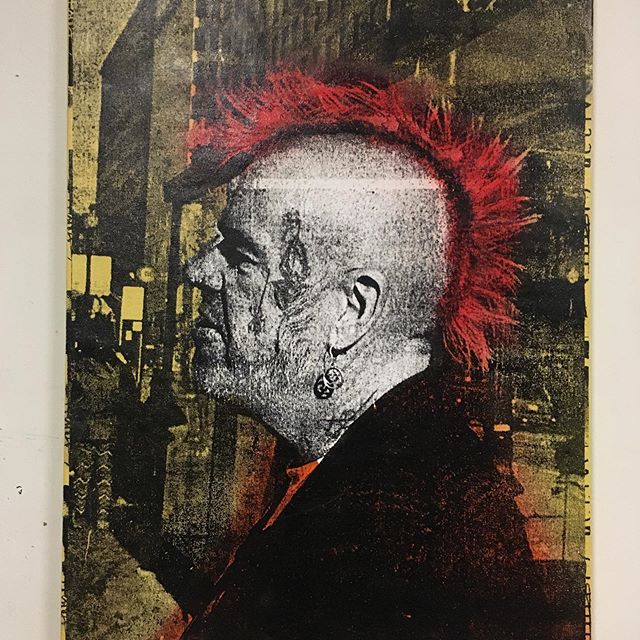From Concrete to Jungle: Adam Anderson continues to bring life to Rhode Island cities
You may already be familiar with Adam Anderson’s work. He’s behind one of the more glorious sights during the summer in Providence, 10,000 Suns, the field of sunflowers that blooms […]






